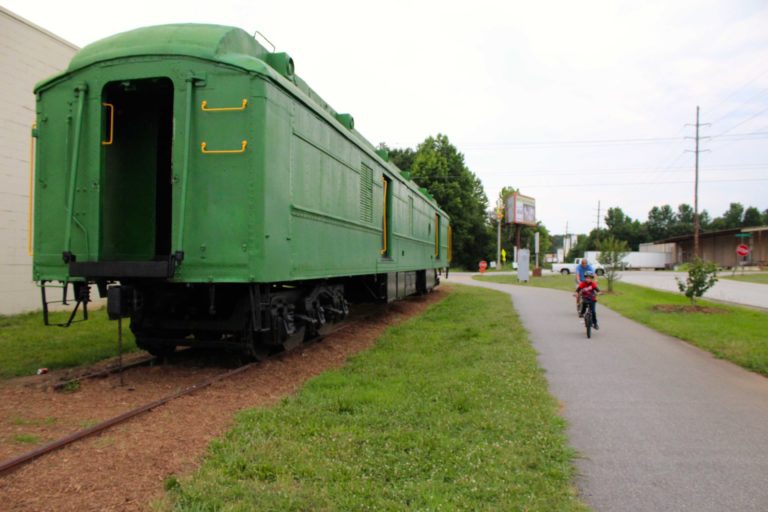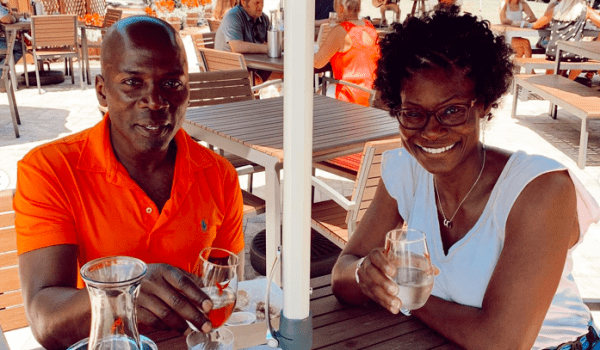You might think that when the Greenville railroad was dismantled in the early 2000s to make way for the multi-use GHS Swamp Rabbit Trail, all evidence of the track’s railroad days was either sold or destroyed. Well, you’re almost right. Almost.
One Single Train Car
See the truth is, when the Greenville County Economic Development Corporation (GCEDC) purchased the nearly abandoned Greenville and Northern Railway right of way from RailTex in 1999, they acquired — along with several miles of railroad — one single train car.
One single train car that’s never left us.

As was common practice, Southern Railway (later renamed Norfolk Southern) ultimately interchanged cars with other lines, including the Greenville and Northern. This little car took part in the trade-off.

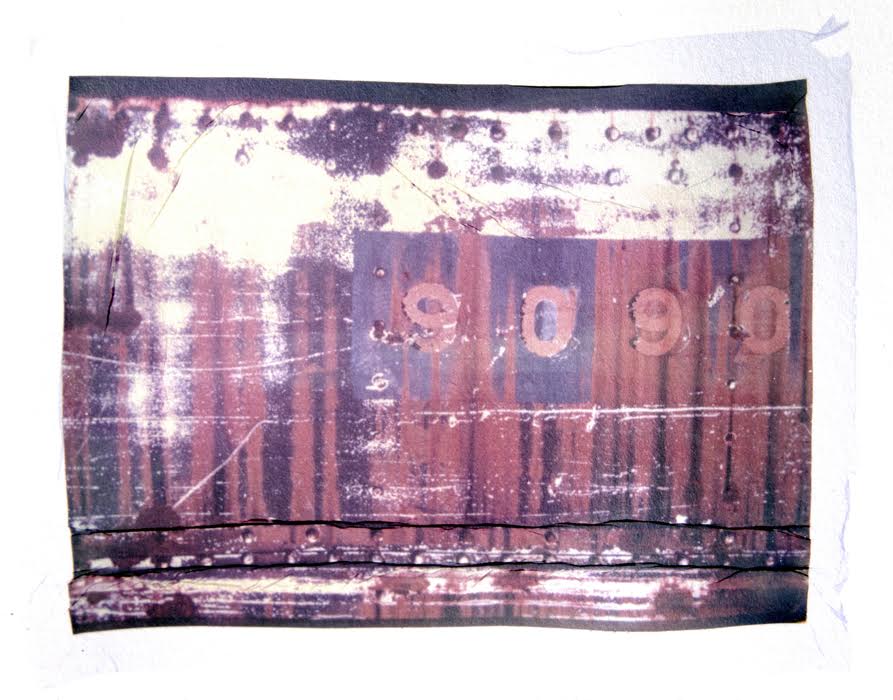
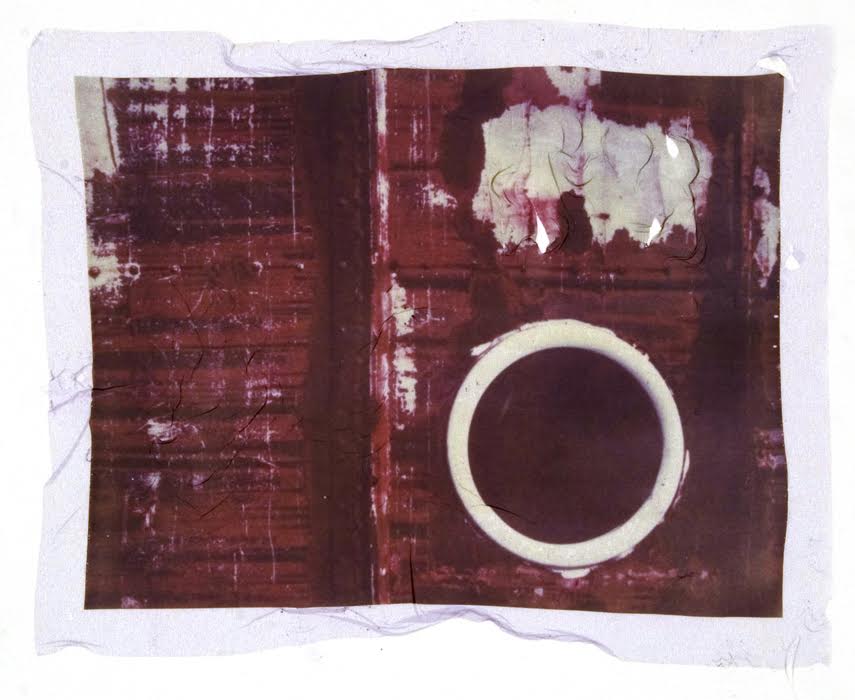
A Station for a Home
Initially, when GCEDC received the old car, the organization wanted to donate it to a railroad museum based up in Indiana. However, the costs to remove the car and transport it the many miles between here and there proved too high.
Instead, trail planners opted to move the rusty railcar to the intersection of the GHS Swamp Rabbit Trail and Sulphur Springs Road near the community of Berea.
The car became the inspiration for a revitalization project and pocket park at that point on the trail. In 2013, they converted this little section of the trail into the aptly named “Swamp Rabbit Station,” a fitting home for the last of the train cars in these parts.
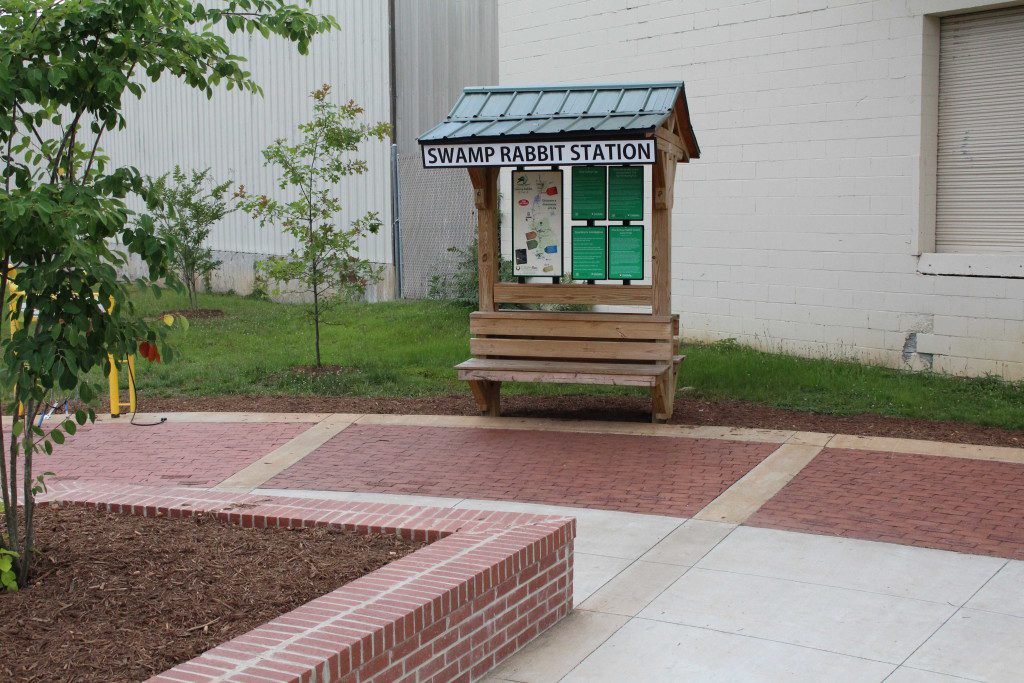
“The railroad is why we have the Swamp Rabbit today, and this rusted railcar is the most tangible element of history that we have along the trail,” said Ty Houck, Greenville County Rec’s director of greenways, before the restoration began.
What was once brown and yellow with age today boasts a fresh coat of bright green paint and welcomes trail users to pause for a breather before continuing on their journey.
Swamp Rabbit Station, when completed, will include a sitting area, water fountain, flower beds, bike racks, a human sundial, and a play area for children.
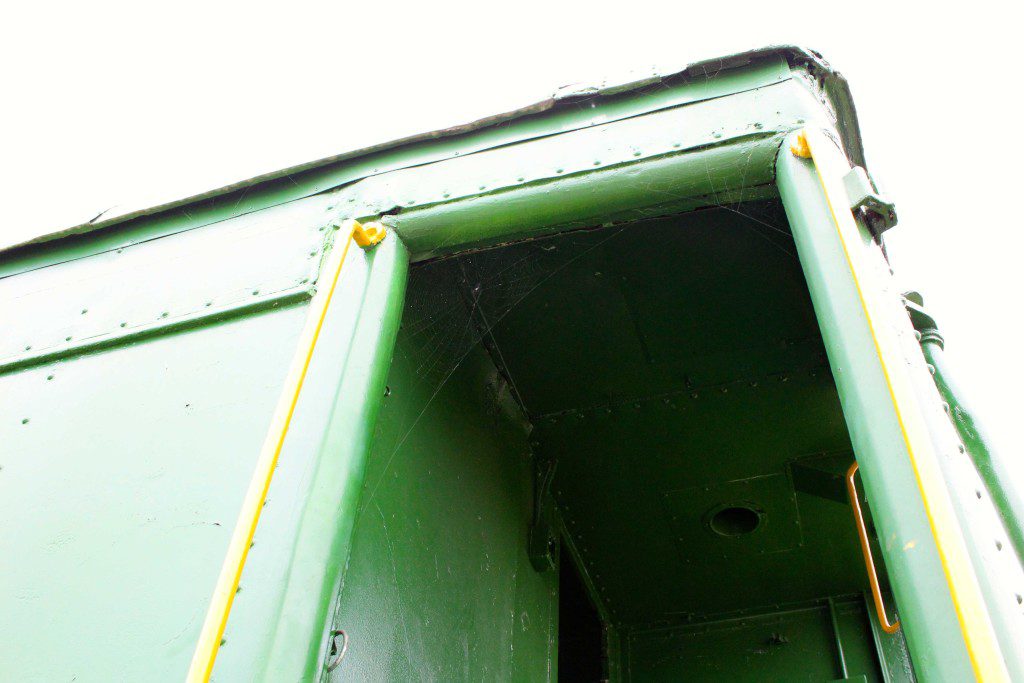


On Down the Line
For those journeying from Greenville up to Travelers Rest, even more train memorabilia lies ahead.
At the History Museum of Travelers Rest, for example, you can take a gander at old railroad crossing signs, photographs, whistles, and even a genuine train conductor’s hat.
Perhaps the neatest part is that the museum curates the items on display from locals, whose families have, more often than not, lived in Travelers Rest for generations.

Bells and Whistles at Whistle Stop
If you prefer to see memorabilia outside the glass case, then Whistle Stop at the American Café is your stop. Here, you’ll find replica train engines out front, original railroad signage, a red caboose-themed ice cream shop out back, and all the bells and whistles, you might say, of railroad times.
And Whistle Stop has the right to pay homage to the locomotive era. It opened as a café in 1932 and has stayed in the family ever since, always with a significant relationship to the Swamp Rabbit.

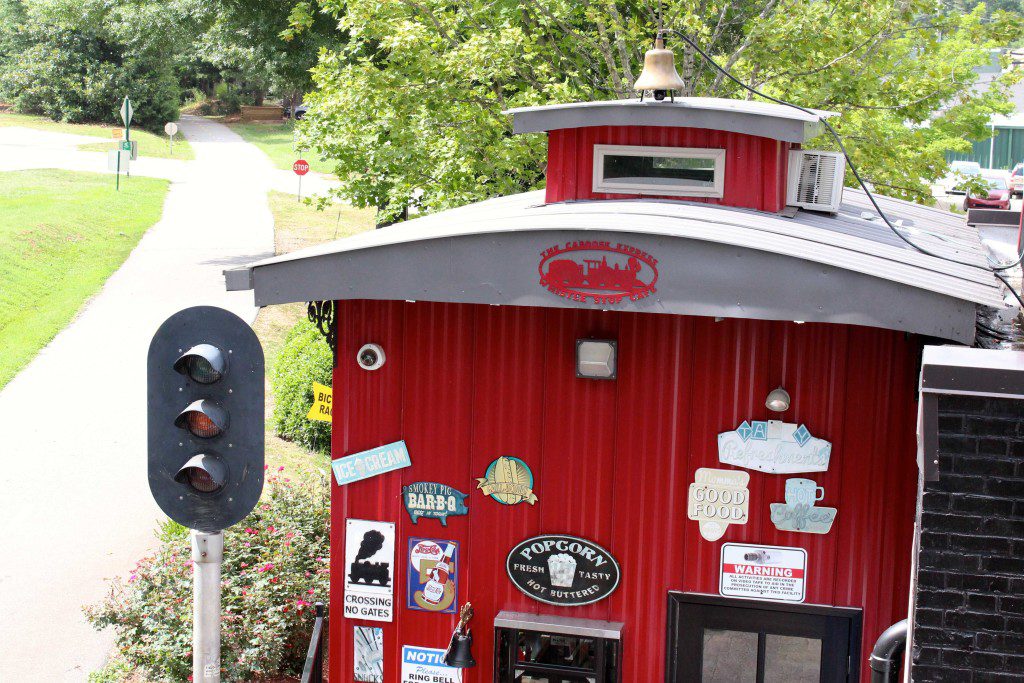
By the 1940s, the American Cafe (its first life) had become a regular “whistle stop,” or unscheduled stop, for train conductor Charlie Collins and his passengers. Collins would blow the train’s whistle, and everyone on board would get out and go into the café for lunch. When he finished, he got up and back on the train, and those who still needed a lift followed suit.
A large trompe-l’œil (“eye-tricking”) mural on the northern outside wall of the restaurant commemorates the train engine that ran past the café near daily, down to the light-colored “110” etched on the front.
While the railroad might be gone, reminders like these — and our memories, too — remain.

[jetpack-related-posts]

